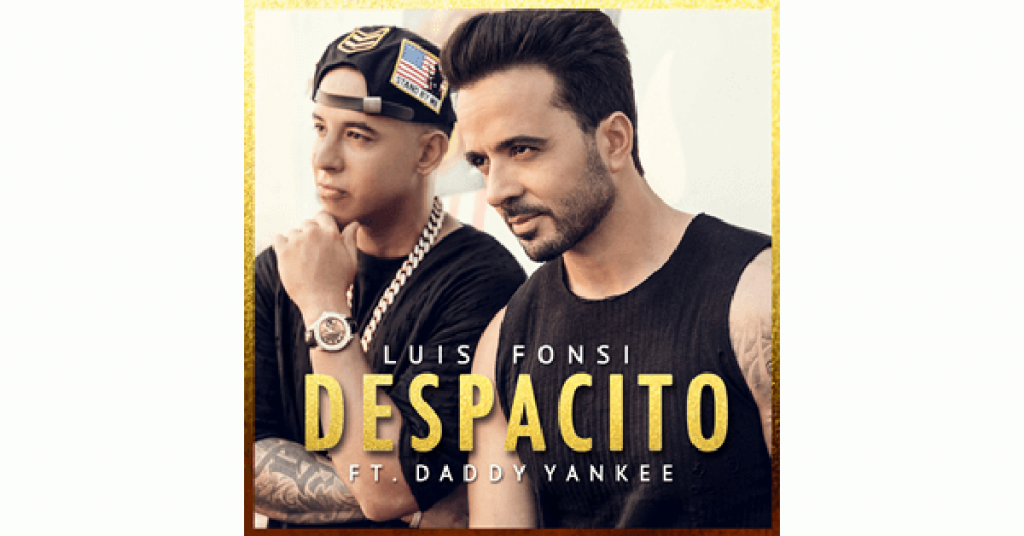The “song of the summer”—the one that’s dominated radio and the pop charts—is “Despacito” by singer Luis Fonsi. More than a simple catchy song, it’s making history. Here’s a look at the song all the kids these days are into.
“Despacito” is the first song in the musical genre called reggaeton to hit #1 in the U.S. It’s a fairly new style, originating in Puerto Rico in the 1990s. It combines elements of American hip hop with traditional Latin American music. Reggaeton singer Daddy Yankee is known as the “King of Reggaeton,” and he makes an appearance on “Despacito.”
“Despacito” is the second song performed primarily in Spanish to top the charts. The first was “La Bamba.” A Mexican folk song popularized by the late Ritchie Valens in 1958, that version hit #22. Los Lobos’ cover of Valens rock n’ roll version, recorded for the Valens biopic La Bamba, hit #1 in 1987.
Because it’s the rare song sung in a language other than English to become a huge hit in the U.S., it’s tempting to write the song off as a novelty. It’s not—it’s one of the most successful pop songs ever. In July 2017, it was streamed online for the 4.6 billionth time—making it the most listened-to song ever. The previous record holder was “Sorry” by Justin Bieber—who makes a guest appearance on “Despacito.”
That success on Spotify, Apple Music, and other music services contribute to how the music industry magazine Billboard determines what songs place where on its charts. “Despacito” has spent 16 weeks and counting at #1 on the Billboard Hot 100—tying it for longest-running #1 single of all time.
The music video for “Despacito” is doing just as well as the song. It’s been watched more than 3.4 billion times on YouTube. That makes it the most watched YouTube video of all time.
What does despacito translate to? “Slowly.”

Everything You Need to Know About “Despacito”







